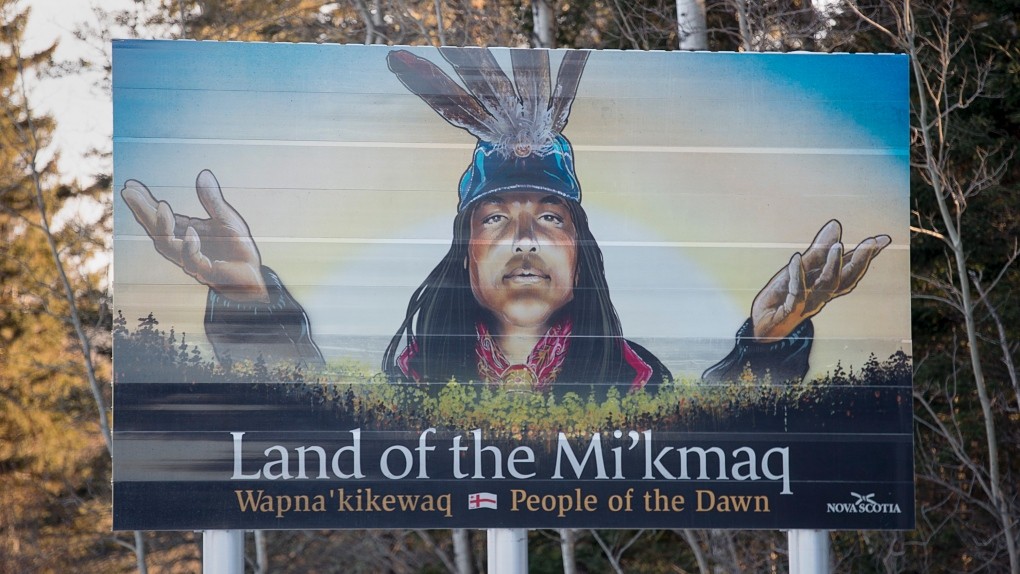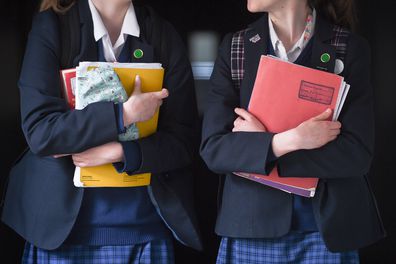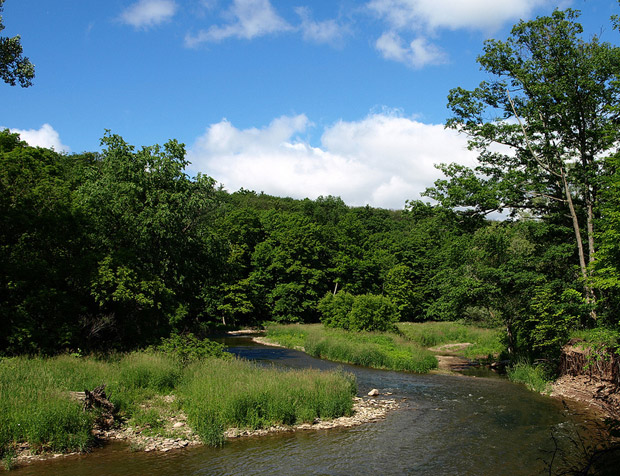Ryan Hu (11) | STAFF REPORTER
Ever since the Truth and Reconciliation Commission (TRC) of Canada’s final report in 2015, land acknowledgements have become commonplace across Canada. However, while the practice, which originally began in Indigenous communities, has made people more aware of the lands Indigenous peoples used to inhabit, land acknowledgements have received mixed reactions from Indigenous advocates themselves.
One of the biggest critiques towards land acknowledgements is that they are simply acknowledgements. An acknowledgement implies that action shall be taken in the future, while only 13 of the TRC’s 94 calls have been answered. While land acknowledgements are a valid way to inform Canadians of whose land they live in, acknowledging something will not fix the critical issues Indigenous people advocate for.
Furthermore, Indigenous leaders like Ta7talíya Michelle Nahanee even question the use of the word “acknowledge.” For her, the use of the word “acknowledge” can imply that it is not true, and is unnecessary. “You wouldn’t say, ‘I acknowledge that my hair is brown, my eyes brown,’ she said. “You just are on the land of these peoples.”
Many Canadians, Indigenous or otherwise, find the practice to be disingenuous. After all, the proliferation of land acknowledgements is likely due to how easy it is to write a couple sentences about Indigenous peoples, and without having to commit to any action. Devon Saulis, a member of the Tobique First Nation, said “You can have the nicest, most beautiful and most respectful land acknowledgment of all time but if you have no actions to back up your words, then why are you bothering?”
For some Indigenous peoples, the practice can even be disempowering. Kevin Gover, a citizen of the Pawnee Nation of Oklahoma, said, “If I hear a land acknowledgement, part of what I’m hearing is, ‘There used to be [Indigenous peoples] here. But now they’re gone. Isn’t that a shame?’ And I don’t wish to be made to feel that way,”
The controversy and discussion surrounding land acknowledgements only go to show that despite the TRC’s final report in 2015, progress towards reconciliation has been slow. At best, land acknowledgements are a first-step. At worst, they exhibit political gestures that distract Canadians from the issues this practice is supposed to reveal.
Since Justin Trudeau began his 2016 speech to the Assembly of First Nations with a land acknowledgement, land acknowledgements have helped bring Indigenous issues into the public consciousness. However, seven years have passed, and land acknowledgements have not done enough; they will have only served their purpose if more is done to help Indigenous communities. While land acknowledgements are important, they are only a promise for reconciliation, not reconciliation itself, and Canadians should never shortchange themselves for real change.



